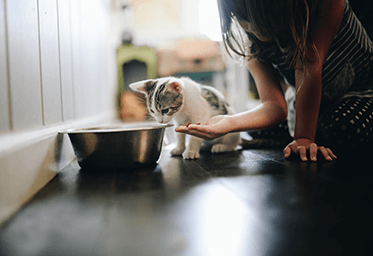Activity - Personal Loss Timeline
Loss is a part of life. All of us have experienced loss and feelings of grief at some point in our lives.
Before we move ahead to learn about love, loss, and grief, please take a few minutes to complete this activity.
List all personal losses/bereavement that you have experienced in your life.
 Select the Personal Losses Timeline button to list your losses.
Select the Personal Losses Timeline button to list your losses.
A puppy called Kelly - Scenario
Now, let’s go through a scenario to understand how a puppy named Kelly became a significant addition to the Smith family.
 Select arrows to navigate.
Select arrows to navigate.
A puppy called Kelly – Pause and Think
Who has formed a bond/attachment?
 Select the appropriate option from the choices below.
Select the appropriate option from the choices below.
Emotional Attachment
Many animals share our need to form attachments, which makes them ideal companions.
 I always wait for my owner to come home, so that I can wag my tail and jump around her.
I always wait for my owner to come home, so that I can wag my tail and jump around her.
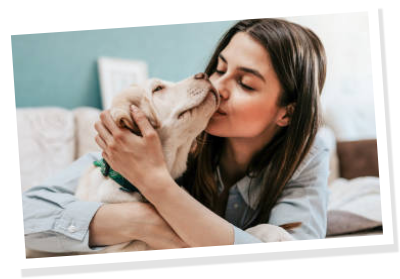
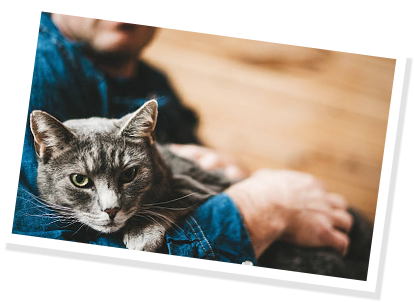
 I love lazy afternoons curled up on my human.
I love lazy afternoons curled up on my human.
 I love you
I love you
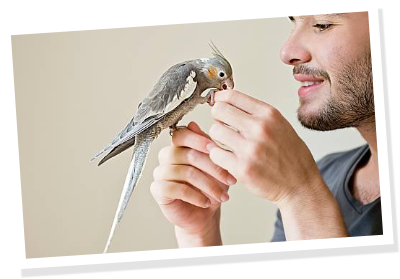
Love - Humans’ Need to form Attachments
Prior to the attachment theories, the dominant theory (behavioural theory of attachment) suggested that attachments formed because the mother fed the infant.
John Bowlby dispelled this theory when he published his work on attachments.
Bowlby’s work showed the bonds between mother and infant went beyond the infant’s basic needs. His theory of attachment explains how the parent-child relationship emerges and influences the child’s development.
We will also look how Mary Ainsworth’s work has developed the attachment theory and how early experiences can damage or alter the attachment.
John Bowlby’s Theory of Attachment
John Bowlby, a British psychologist, theorises that strong emotional bonds develop in early childhood with the primary caregiver. Children with a good childhood bond find it easier to have strong attachments in adulthood.
The price of strong attachments is grief when those attachments are lost or broken. Grief is the emotional response to the disappearance of the figure of attachment.
Loss results in intense anxiety and protests, which can lead to withdrawal, apathy or despair.
Mary Ainsworth’s Theory of Attachment
Ainsworth expanded on Bowlby’s theory by suggesting that the basis for forming bonds was based on how responsive and consistently the primary care giver responded to the infant’s needs.
She identified three attachment styles.
Click each tile to reveal the attachment style.
Secure Attachment
A securely attached infant can rely upon his/her mother or primary caregiver to respond consistently to his/her needs.
The infant may show some distress when their parent leaves and signs of happiness on her return.
Insecure Attachment
Research suggests that an insecure attachment to the mother or primary caregiver is a result of the carer being absent for periods. Typically, the infant will become visibly distressed when the parent leaves.
Ambivalent/Resistant Attachment
Ambivalence towards the parent or primary caregiver indicates they do not have a preference between a parent and a complete stranger. There is evidence that this attachment style can be due to abusive or neglectful caregivers. However, it is important that we recognise there may be cultural differences that promote more independence in children.
Cultural Differences in Attachment
Does culture affect human’s need to make attachments? Previous researchers had based their results on observing child rearing in the USA.
Individualist cultures value independence with each working towards their own individual goals. For example, USA and Europe (Western cultures).
Collectivist cultures value cooperation with each working towards family or group goals. For example, Japan and Israel (Eastern cultures).
Variation in Attachment across Cultures
Researchers have found some variation in attachment across cultures.
They found that the most common attachment style was secure attachments. The conclusion reached by Van Ijzendoorn and Kroonenberg was that there are innate characteristics that underpin infant and caregiver interactions.
However, significant variations of insecure attachments demonstrate that universality is limited. Implications include the linking of the variation in attachment to child-rearing practices and environmental factors.
For example, studies of German parenting styles highlighted a high percentage of avoidant behaviour in children.
German parents are more likely to reward independent children who could look after themselves, but also followed instruction.
Whereas Israeli children raised in a Kibbutz were used to separation from their mother. Therefore did not show anxiety when their mother left but were still wary of strangers.
Attachment Theory in Animals
Researchers have also looked at how the attachment theory relates to animals.
Konrad Lorenz was the first to document imprinting in geese. Imprinting is seen in many birds and mammals, and is defined as “the acquisition of a preference for a familiar object.”
Rassa and Slabbert looked at the importance of early attachment in dogs. A puppy’s early development is extremely important. In the first 5 - 7 weeks, the mother gradually weans her pups - she will also teach her pups about social behaviour.
The importance of the mother figure reduces as she continues to wean her pups between 7 - 9 weeks and the puppy’s bond with his/her littermates becomes more important.
 Select the button to learn about the human-animal bond.
Select the button to learn about the human-animal bond.
Applying Attachment Theory to Pet Ownership
Now, let’s learn about the humans' need and ability to make attachments.
 Select arrows to navigate.
Select arrows to navigate.
Characterises of Human-Animal Bond
The attachment theory holds that mothers who are available to their offspring and responsive to their needs create a feeling of security in the young. In the human-animal bond, we take the place of the mother when we adopt social animals.
The human-animal bond arises from our need and ability to make attachments and the animal’s behaviour and response.
Select each tile to reveal the characteristics.
Shared time and activities, including exercise and play
Display of unconditional love and affection
Knowledge of animals and their care
Positive behavioural responses from pets
Assistance partnerships rely on trust and provide independence and support
Reasons why people keep pets
Let’s look at the reasons why people have pets in more detail.

- Socialising
- Surrogacy/substitute
- Unconditional love
- Links to the past/family tradition

- Exercise
- Back to nature
- Competing/education
- Working animal

- Assistance partnership
- Protection
- Loyalty

- Fashion
- Alter ego
Knowledge Check
Kelly was able to adapt to David’s family and form attachments with the family members, which makes her an ideal pet.
To which of the following theories can this attachment be attributed to?
 Select the appropriate option from the choices below.
Select the appropriate option from the choices below.











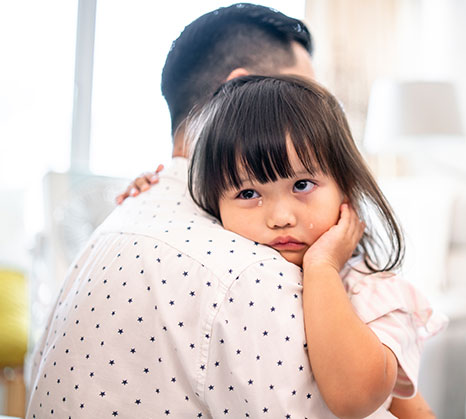
 Select the PDF icon to view a case study.
Select the PDF icon to view a case study. 
















